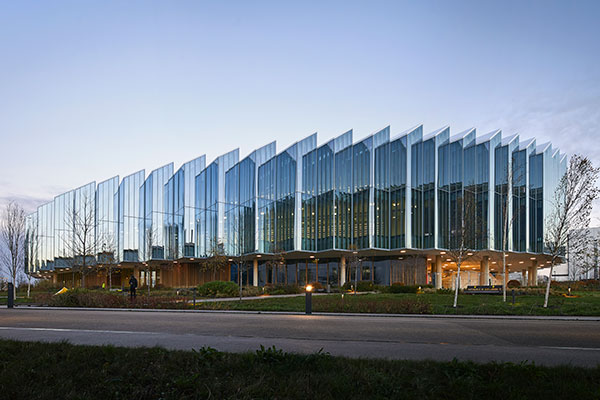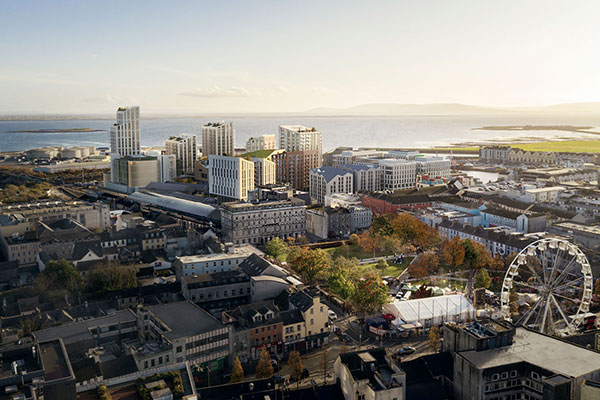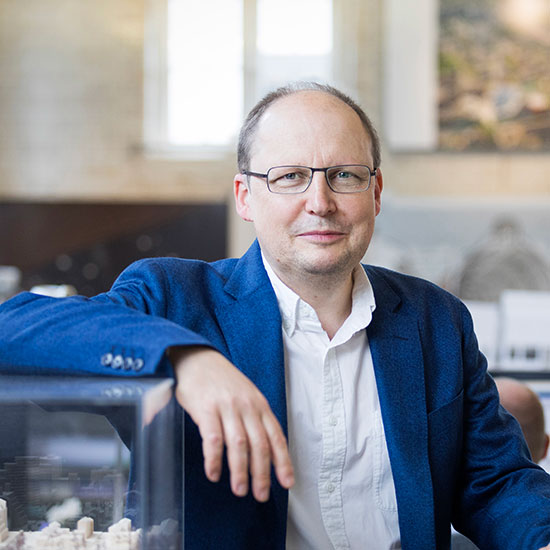Themes
Cities have always been centres of economic growth, they came into existence as places of trade and commerce and their large, diverse populations fostered innovation and creativity. The same is true today, cities are at the heart of national economies, particularly in countries that have seen a decline in their industrial base. As Jane Jacob’s wrote in her book The Economy of Cities it is from cities that new ideas emerge.
Because of this the greatest economic asset of a city is its people. The cities able to retain and attract the brightest and best people will be the most attractive to companies, will be the most innovative and will generate a virtuous circle of growth. As Richard Florida has shown via his Boho Index the cities with the most diverse populations perform best.
But there are also cities that experience economic decline and many western cities have experience of dealing with deindustrialisation, population decline and dereliction. The Good City will go through cycles of growth and decline and a test of its resilience will be how it deals with the latter. In the last 50 years the process of urban regeneration has become much better understood and successful.
The key to this is the city as a place of work, something that has changed post pandemic. The nature of workspaces are changing as people to continue to split their time between the workplace and working from home. The city needs to respond if it is retain its crucial economic role.
Five ‘Good City’ solutions
1. City renaissance
There has been an important renaissance of cities since the late 1990s reversing the population loss of cities in Europe and North America. Through new apartments, cultural facilities, night time economies, and retail strategies the economy of cities has been reinvented.
2. Urban regeneration
Urban decline also happens within cities as districts become obsolete and are blighted by unemployment, poor housing and declining public spaces. The Good city constantly needs to renew these districts using urban regeneration to introduce new uses, improve the environment and make them once more desirable places to live.
3. Retail mixed use
The retailing that once dominated city centres is evolving into a mixed use model which is unlocking opportunities through the inclusion of residential, hotel, and leisure uses. It also been key to revitalisation of urban centres, repurposing of vacant retail assets and a growth in last mile logistics facilities.
4. Workplace
City centres are contending with the new ways of working which means the repositioning and reuse of our office buildings needs to happen now if they are to retain their place as the economic hubs. Social interaction, inclusivity, wellbeing, hybrid technologies and collaboration are now the design drivers for future offices.
5. Science and technology
SciTech buildings are now moving into the centre of vibrant, forward-thinking cities. They are helping to drive research, innovation and education which is attracting other businesses and talent leading to employment opportunities and the creation of city innovation districts.
Case studies

AstraZeneca discovery center
Cambridge, UK
We are lead consultant for AstraZeneca’s new Discovery Centre (DISC), a state-of-the-art global R&D facility.

Augustine Hill Masterplan
Galway, Ireland
The Augustine Hill Masterplan seeks to rejuvenate the 8.5 acres of inactive brownfield lands to the south of Ceannt Station.

